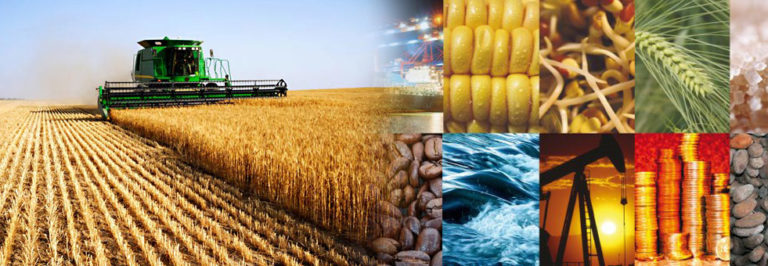All economic activities presuppose and predict a future scenario and seek to benefit from such development. Thus, whether one is making investments in the market or taking up a project, there is an underlying economic assumption about the future which propels such decision making. Nobel Prize-winning physicist, Niels Bohr reminds us that, ‘Prediction is very difficult, especially about the future.’ Nobody should feel bad about being unable to predict or forecast accurately. All that is required is to be better prepared for a range of possibilities. In her extremely insightful book, Signals, Dr. Pippa Malmgren explains how everyday signs can help us navigate the world turbulence. Perhaps being better armed with an awareness of the signals, we may all be better prepared to balance our hubris and nemesis and thereby take advantage of and better manage the diverse troubles and treasure the world economy inevitably brings.
For optimizing investment or trading strategies, diversifying deployment in different asset classes, is of critical importance. While Equity, Real Estate, Bonds, etc. have their own dynamics, commodity investing or trading provides a completely differentiated set of opportunities.
Every commodity is determined by its own unique demand and supply dynamics. So, for instance, the price of oil – the most heavily traded commodities in the world – is determined by factors such as economic growth (both at the global level and in major developed and developing countries), the price of substitutes such as biofuels, climate changes (a cold spell in North America and Canada can pull the price down) speculation, and production or stoppage thereof in the oil producing nations. The decisions and guidance of the Organisation of Petroleum Exporting Countries (OPEC) also play an important role in driving the price of oil one way or the other.
The price of gold – another benchmark commodity – is impacted by very different factors and sometimes by the same factors but in a completely different manner. Like oil, growth and stability in major world economies impacts the price of gold too. However, ironically, unlike the price of oil, which increases with economic growth, the price of gold reacts negatively; it usually soars when there are economic down-cycles and falls when economic growth picks up.
Then again, while the short term supply of oil can be easily augmented, the supply of gold cannot. So, a spike in the demand for gold drives its price up much faster than a spike in the demand for oil. Usually, inflation and currency movements (especially of the US dollar) can drive the price of gold, while they are driven by the price of oil.
In a nutshell, tracking one commodity is a completely different from tracking another. And, unlike stocks, there are no standard reporting formats (such as balance sheets and profit and loss accounts) or company and industry ratios (such as PE, EPS, Debt: Equity, etc.) that can be applied and studied across commodities, in general, to arrive at conclusions about valuations and potential price movements. Each commodity is a unique animal that plays by its own rules. To succeed in commodity futures trading, one will need to study, in depth, each commodity that one chooses to invest in.
While any time is a good time to invest in commodities futures, one must be very clear about when one needs to divest. Basic understanding of the commodities one invests in will guide one with respect to this too. So, for instance, agricultural products have very well defined seasons between sowing and harvesting. Taking a call at any point of time is determined by how the seasons are expected to pan out. Other commodities, like metals, which are more driven by industrial and real estate cycles, are likely to depend on economic growth and relevant policy announcements. Knowing what the triggers for various commodities are is the key. More importantly, being able to gauge if a trigger will have the anticipated impact, is what will guide one regarding whether one must stay invested or let go.
Indian commodity market over the past few years has become more and more organised and regulated. Commodity futures traded at commodity exchanges are regulated by SEBI, offer multiple opportunities for trading and hedging. While the depth of the market is not as great as one would expect the forthcoming introduction of Options will bring in more participants. There is also a possibility of SEBI allowing institutions to participate in Commodity Futures in the near future. All this will significantly increase the attractiveness of commodity markets in India. In fact the entire Commodity value chain in India is becoming more and more structured and professionalised. Global players are owning and managing large warehouse chains and global collateral managers are managing commodity inventories. All these cougars well for the commodity business in India.
Smart investors need to start looking at commodity as an asset class.





















